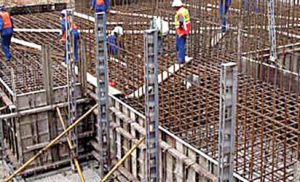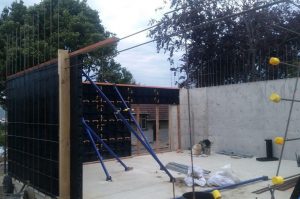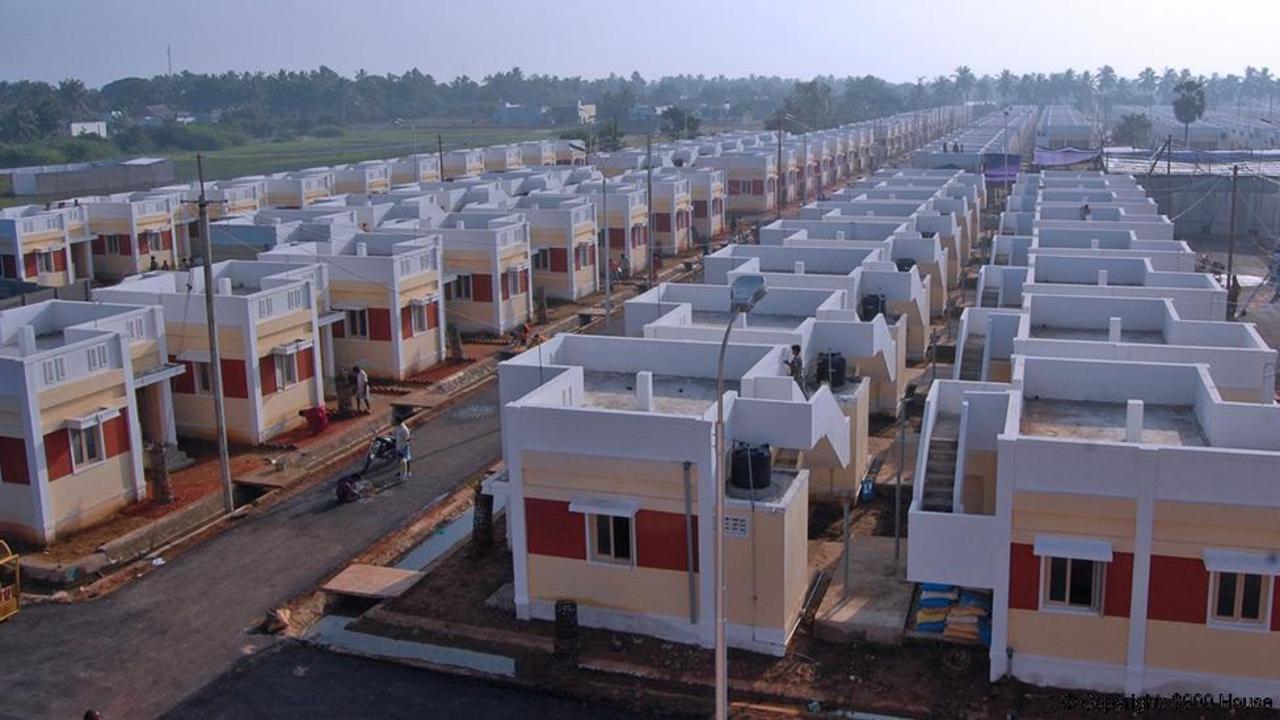The most common concrete formwork on construction site used to be plywood formwork, although some big projects such as bridges and dams may use steel formwork, because steel formwork is more strong than plywood, but in business and residential building market, plywood occupy most of shares.

There are some advantages for plywood formwork, like cheaper price, can be cut and make whatever structure as you want, but its disadvantage also obviously: less reusable, waste of wood, transformed easily, not water proof, need more labor and experienced workers, etc., all these makes a new plastic formwork used on construction site more and more.

Compare with plywood formwork, plastic formwork can reused at least 50 times, fire resist, water proof, need not oil, easy operate, save labor and time, the surface of concrete is smooth and need not rework any more… Because of these features, plastic formwork might be the replacement of plywood formwork in the future.
The materials of plastic formwork can be PP, whose price is relatively cheap, and strong enough for construction. Another common material is PC, the price is higher, and somehow fragile than PP, so this is not the common materials. There also some PVC materials for formwork, but the strength of PVC formwork was not enough for building construction, it will need more support or reinforcement to satisfy using in construction market. No mater what material of plastic formwork, it can be recycled when used out, so to save cost and environment friendly.
Generally when we use formwork for one or several houses or small project, the formwork quantity needed is small, and will be use only one or several times, we can use plywood formwork as its cheaper price. However, for high-rise building or many duplicated houses, plastic formwork must be the first choice.
BOFU plastic formwork system
